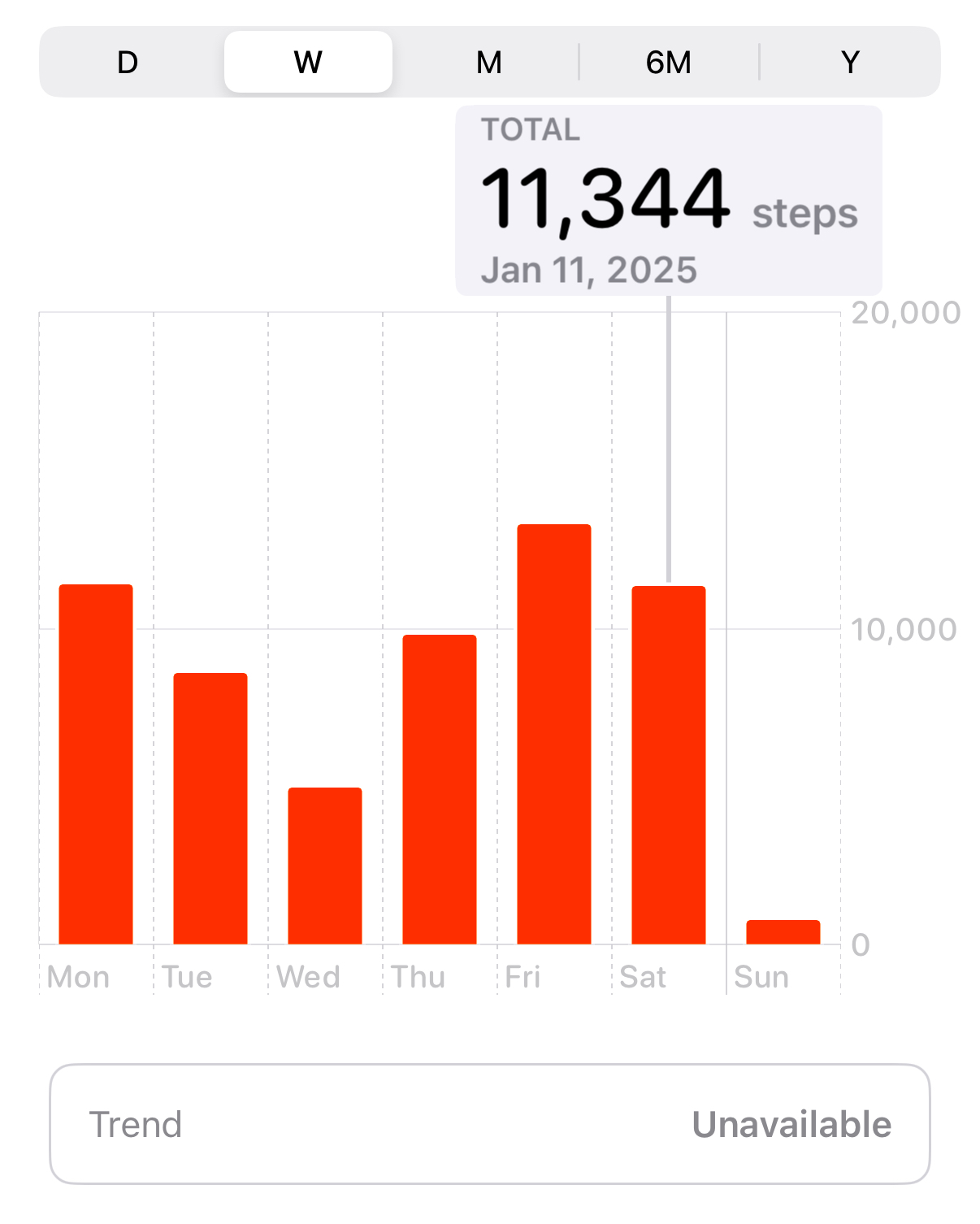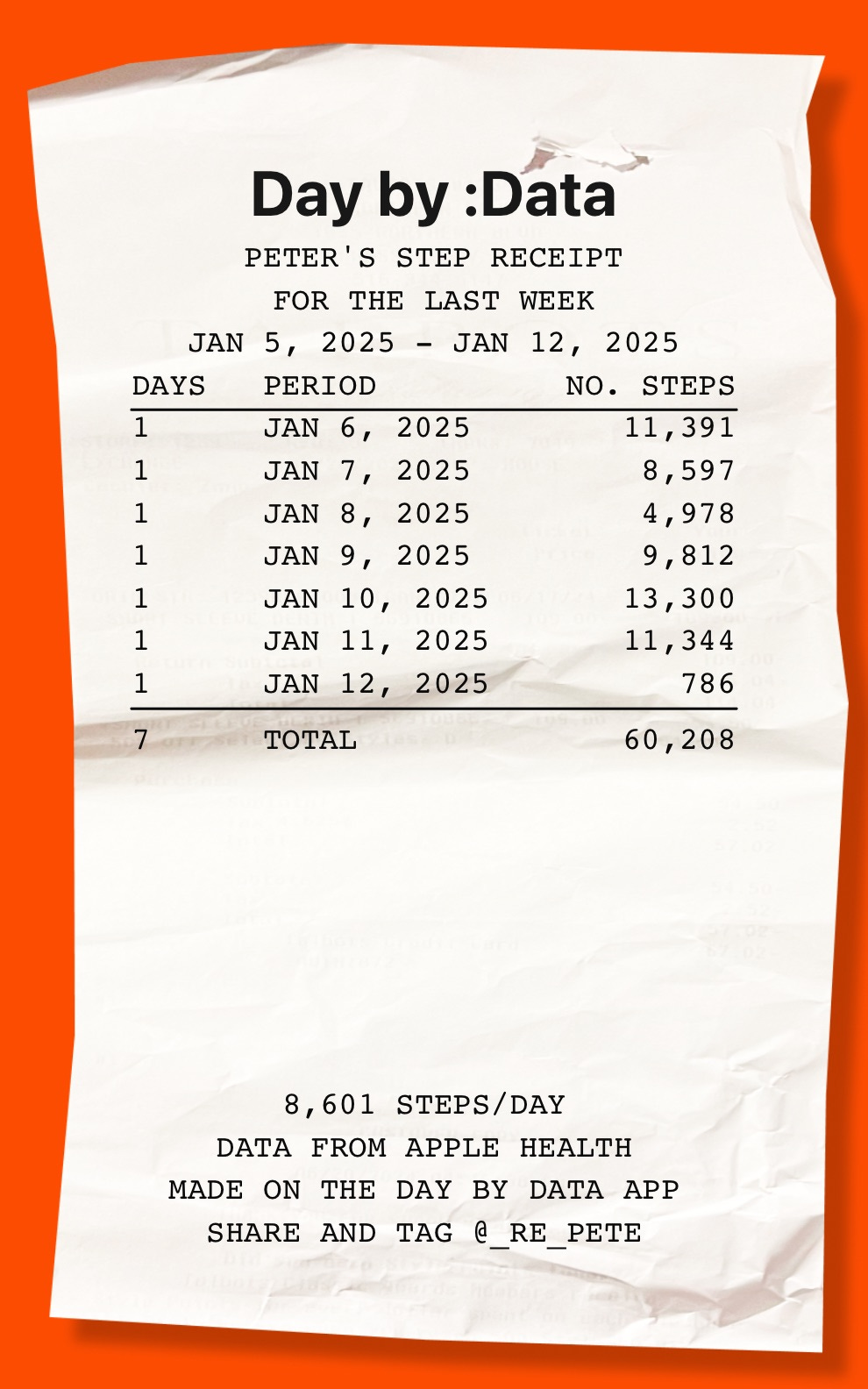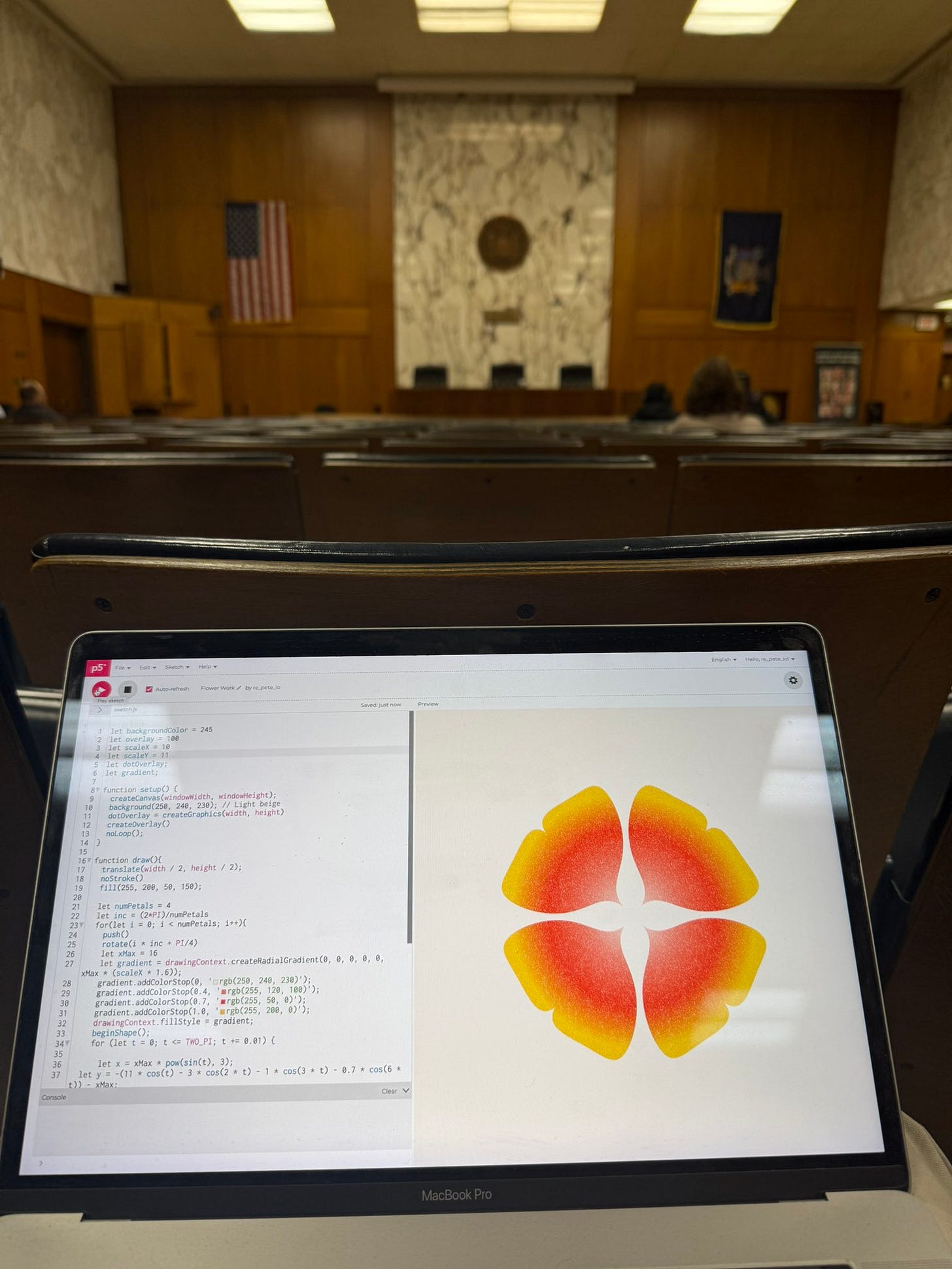Take the Scenic Route
How would you go from A to B?
This week, I’d like you to try a quick exercise.
Take a look at the image below. On your own piece of paper, or by tracing your finger over the screen, connect points A and B with a line.
Now, I imagine most of you drew a relatively straight line that looks something like this:
This path — a straight line — is the most obvious and efficient way to connect A to B. But in doing so, we ignored countless other possibilities.
What if you had drawn a smooth curve? A loop de loop? A zigzagging pattern? Or even a chaotic scribble?
Each path conveys a different energy and invites a unique creative perspective. Yet most of us instinctively default to the quickest, most direct option in a sea of infinite possibilities.
Is that always a bad thing? Not necessarily.
Efficiency has its place. But when we constantly prioritize efficiency over creativity, we risk losing the joy, individuality, and embellishment that make life and work more meaningful.
Our world increasingly rewards efficiency, steering us toward solutions that are fast and functional. But maybe it’s time to resist that pull, just a little, and explore life’s scenic routes more often.
The Scenic Route
On a long drive, you’ve probably faced the choice between two paths: one that’s inland and direct, and another scenic route that winds through breathtaking views and natural landscapes.
Scenic routes are often marked on maps or highway signs, almost inviting us to slow down and enjoy the journey.
But more often than not, apps like Google Maps, Apple Maps, and Waze steer us back toward the fastest route. They’re designed to optimize for time, not for experience.
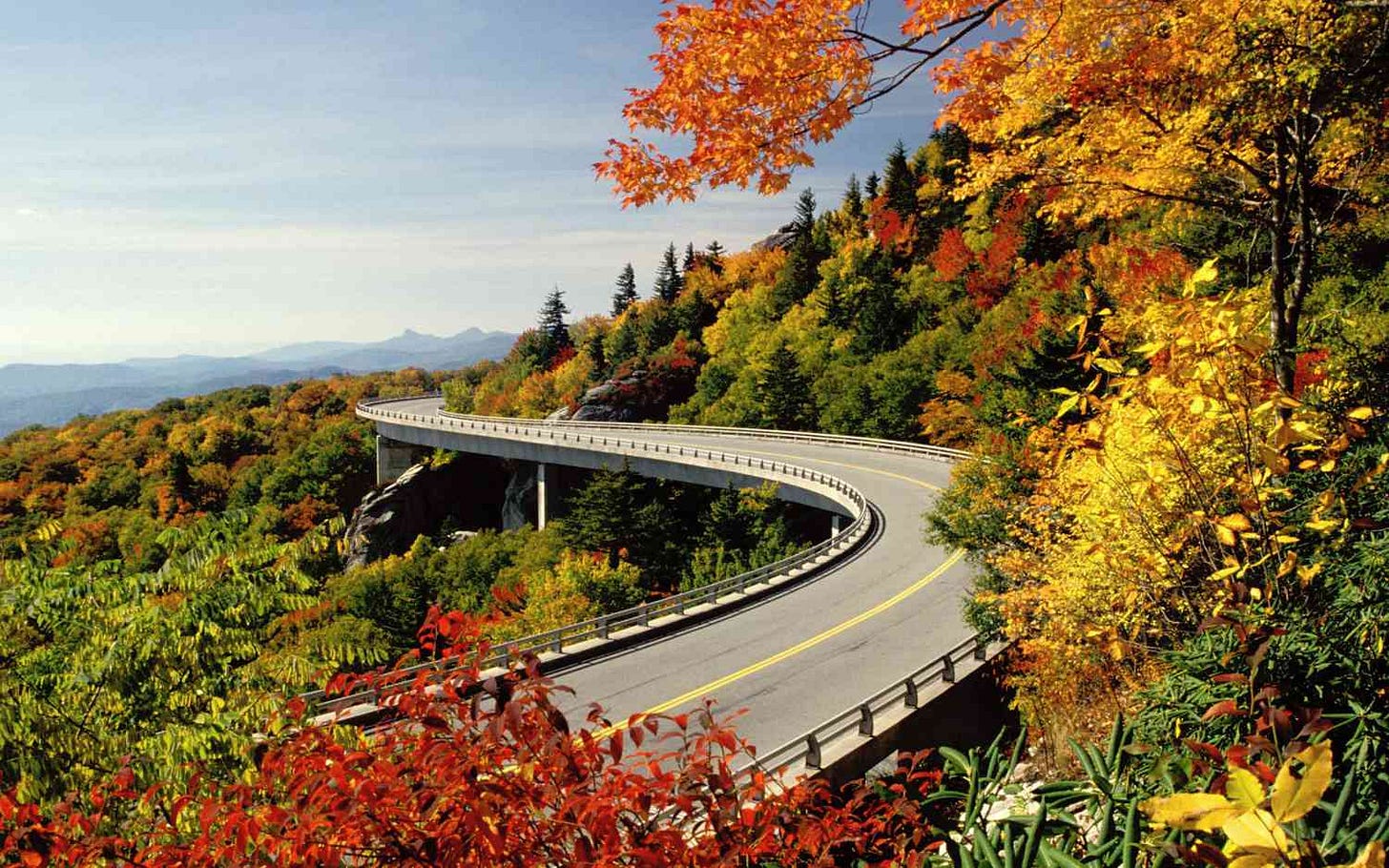
Every time we get behind the wheel, we’re presented with this choice: efficiency or enjoyment.
But in the rush to save a few minutes, we miss the opportunity to enrich the journey itself — to notice the colors of the leaves or a beautiful landscape.
This decision extends far beyond the car. Every day, in countless ways, we’re faced with similar choices: the quick and easy path or the slower, more thoughtful one.
And just like those scenic drives, the less direct route often offers unexpected rewards — whether it’s richer experiences, deeper connections, or simply a moment to pause and appreciate the world around us.
Opportunities to take the Scenic Route More
The idea of taking the scenic route applies far beyond going from point A to B on paper or on the road.
It’s about resisting the urge to default to the most efficient option and instead embracing paths that, while slower or more effortful, bring deeper joy, creativity, and connection.
Let’s start with something tangible — cooking.
Think about the difference between hitting your macronutrient goals with a quick, pre-measured meal versus exploring a new recipe or experimenting with your own variations.
Sure, it’s faster to reach for pre-cooked chicken and steamed broccoli, but trying your hand at a new recipe or cooking up an old favorite every once in a while makes eating an experience to be savored.
It turns dinner into something more — a creative outlet . The scenic route in cooking invites us to savor the process, not just the outcome.
In relationships, the scenic route might look like swapping quick texts or emoji reactions for something more thoughtful.
Imagine writing a handwritten letter to catch up with an old friend instead of defaulting to days long text exchanges and Instagram Reels.
A letter will slow you down; however, it encourages reflection, and becomes something tangible they can hold onto. The effort speaks volumes, often deepening connections in ways that more efficient paths of communication simply can’t replicate.
Even at work, we have opportunities to take the scenic route. Instead of defaulting to PowerPoint decks for every brainstorming session, consider other ways to elicit feedback.
At my previous job, we’d host sessions, called Play Studios, where clients rotated through several stations of exercises and placed sticky notes around the room with their feedback and ideas.
It took far more effort than a standard slide deck, but the creative energy it generated often led to more profound and memorable results that our clients loved.
The lesson? There are endless opportunities to take the scenic route in your everyday life, your relationships, and even at work.
While these paths may take a little longer, the rewards — richer connections, greater creativity, and more joy — are well worth the effort.
Data Visualization on the Scenic Route
The default for data is often a graphic or chart — familiar, efficient, and easy to interpret. These qualities are valuable, but they can also limit the potential for data to connect with us on a deeper, more personal level.
My goal is to resist defaulting to purely functional visualizations, instead exploring novel ways to transform data into something that’s not only useful but also beautiful and delightful.
Take step data, for example. A conventional approach would visualize it as a bar chart — clear, efficient, and easy to create and interpret. Here’s Apple’s default view:
Now, compare that to a more scenic route with the same step data reimagined as a receipt in my app Day by Data.
Does the receipt still convey the information about your daily steps? Yes.
But it also delivers something more — a sense of whimsy and delight that a bar graph alone simply cannot provide.
For the scenic route to work, it has to blend beauty with utility.
Otherwise, it’s just a detour.
The visualization must still serve its purpose while sparking curiosity or joy along the way. Striking this balance is challenging, but it’s something I’m excited to explore further.
Just last week, I received feedback from a Day by Data user that affirmed I’m heading in the right direction:
Edward Tufte, a pioneer in data visualization and design, has written extensively on how creative approaches to data visualization are sometimes essential to effectively convey meaning.
This feedback was a reminder that data doesn’t have to be limited to dry, utilitarian representations — it can be a source of both insight and beauty.
And that I’m on my way to delivering on that goal :D
Something Beautiful: Chess as Art
This week, I wanted to highlight this interesting design of famous chess plays and positions as art from twitter user Chester.
The modern, minimalist design brilliantly leverages the iconic structure of the chessboard, transforming it into a visual narrative that elevates the information and context of each move.
It’s a creative visualization that Chess.com could easily expand on as a feature to bring more beauty and storytelling to their popular chess apps.
One Thing I Did This Week
Another new section for the newsletter — highlights of one of the things I worked on!
Will play around with the format of this, but one highlight was:
Flowers at Jury Duty
I live tweeted from lunch hour at jury duty as I tried to recreate the flowers from Georgia that I shared last week as a generative art piece.




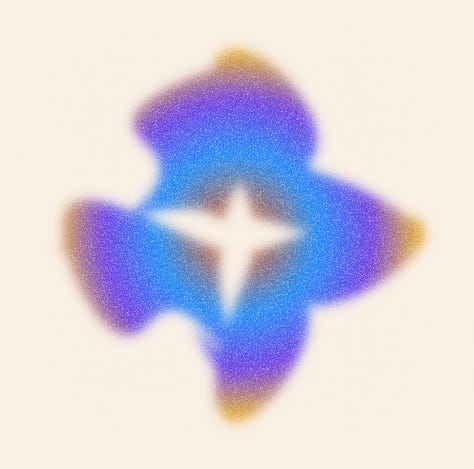


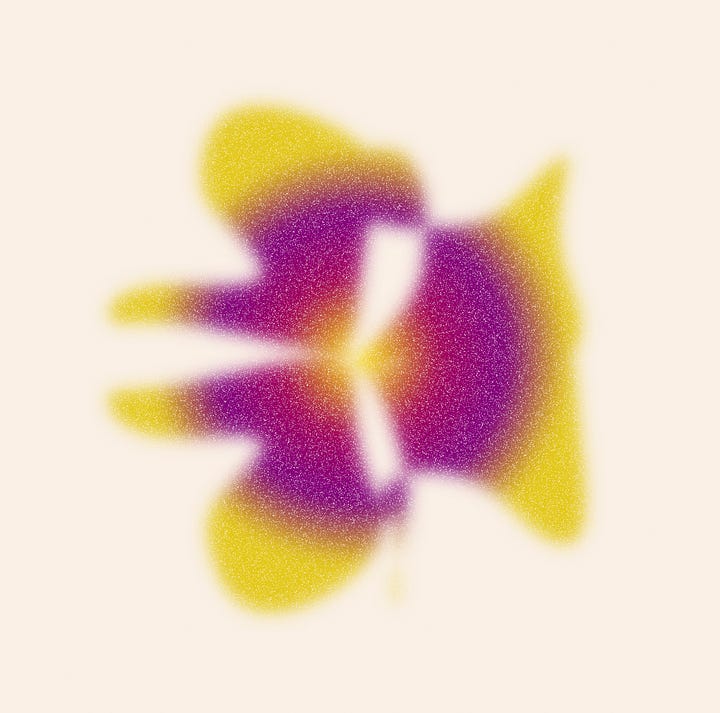
I enjoyed seeing how these flowers evolved and how each one took on its own unique character. There's something playful and meditative about the creation process even when done in the middle of jury duty.
Excited to revisit these flowers at a later date!





